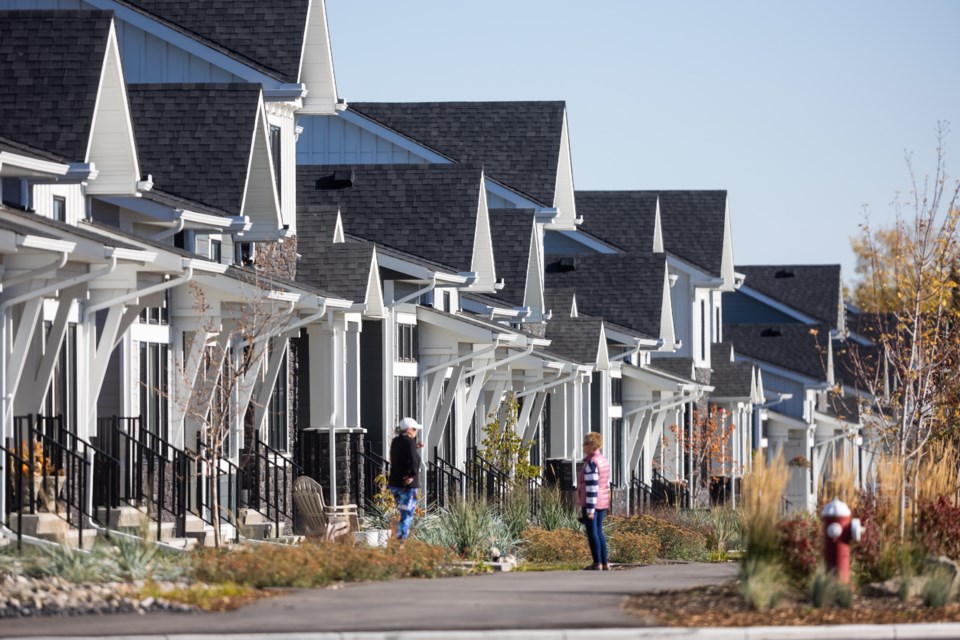Not that long ago, the term ‘affordable housing’ carried with it a certain connotation. It seemed to almost be interchangeable with subsidized housing and applied to a rather small segment of society that, for a variety of reasons, was unable to afford market housing. It was almost always associated with rentals.
Today, when talk turns to affordable housing, which it does with alarming frequency, it’s an entirely different animal, capturing far more of the population than just those requiring government assistance to put a roof over their head.
The term now also applies to those who earn a wage that would have been sufficient to pay the going rate for a rental unit, but no longer have the means to do so because of sharply rising rents. It’s a segment of the population that gets bigger with every passing day.
Affordable housing has also become a buzzword (or buzzphrase, I guess that should be) when it comes to home ownership as more people are being left out of the market due to significant price increases, which are more acute in some areas of the country than others.
According to Statistics Canada, in the decade from 2011 to 2021, home ownership rates declined everywhere except in the Northwest Territories. It was only a 2.5 per cent drop nationwide (2.7 per cent in Alberta), and two-thirds of houses are still owner-occupied, but it’s a troubling stat that fewer people, at least as a percentage of the population, own homes today compared to a decade earlier.
That number is likely to fall further in the decade ahead if house prices continue to escalate at a rate that outstrips an increase in earning power.
Much has been made about the growing affordability crisis, particularly how a lack of supply is driving up prices, with the Canadian Mortgage and Housing Corporation recently suggesting that 3.5 million units need to be built by the end of the decade to restore affordability in this country. That’s a heck of a lot of construction to get back to an even playing field.
As much as some might not like significant growth for what it can do to neighbourhoods and communities, it seems like without a country-wide building boom the affordability issue — for both rentals and home ownership — doesn’t stand much of a chance of improving. The supply-demand imbalance has meant far too many people are struggling to find appropriate accommodation, a situation that won’t get any better until that balance is restored.
Perhaps I’m at an age that I look back on the good old days, but I have to say that when it comes to matters of real estate, it wasn’t always this way. I can remember 30-something years ago when I was starting out in the working world, I was able to rent an apartment in Vancouver on a rather modest salary and 18 months after getting married, we had saved enough for a down payment on a condo.
That doesn’t happen today, certainly not in Vancouver, and it’s becoming less attainable elsewhere in this country. It’s going to take a while, but let’s hope increasing supply has the desired effect.




